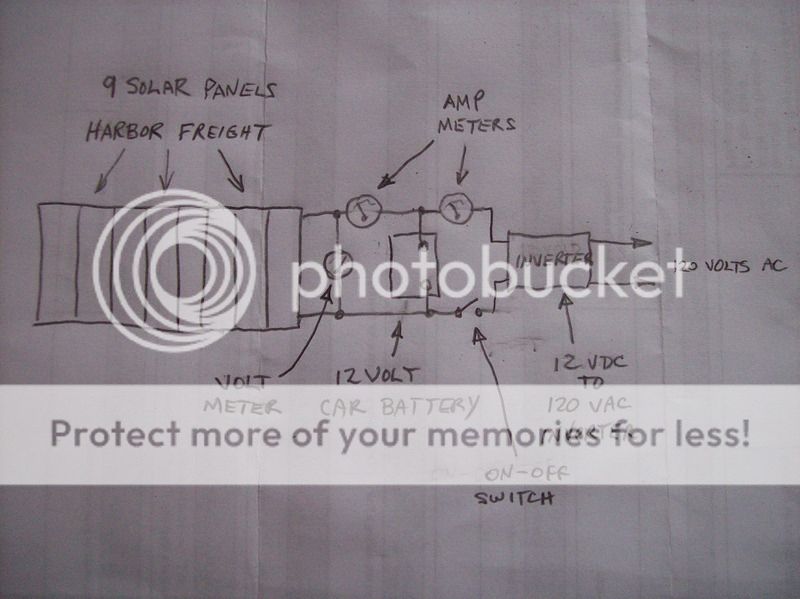The small camper trailer refrigerator runs on 2 amps 120 VAC but needs 10 amps 120 VAC to start.
The refrigerator could run on a 250 watt DC/AC inverter and car battery but it requires a 1500 watt inverter to get the motor started.
The 1500 watt inverter wastes power it pulls 6 times more idle amps than the 250 watt inverter with NO LOAD. I am trying to avoid wasted power. My converters are all from Harbor Freight store.
The problem is, How to get the refrigerator to start and run on a 250 watt DC/AC inverter?
The refrigerator could run on a 250 watt DC/AC inverter and car battery but it requires a 1500 watt inverter to get the motor started.
The 1500 watt inverter wastes power it pulls 6 times more idle amps than the 250 watt inverter with NO LOAD. I am trying to avoid wasted power. My converters are all from Harbor Freight store.
The problem is, How to get the refrigerator to start and run on a 250 watt DC/AC inverter?


